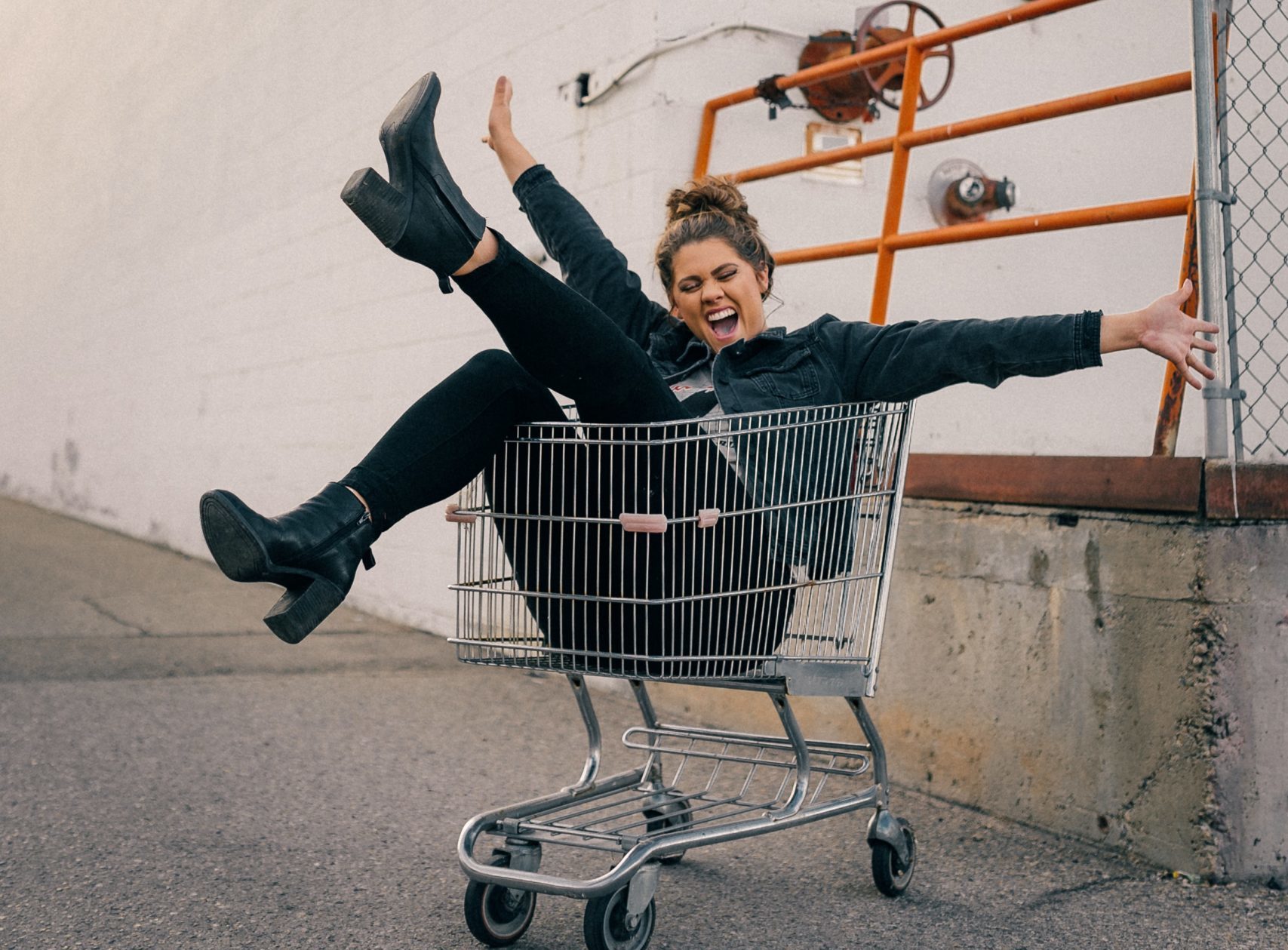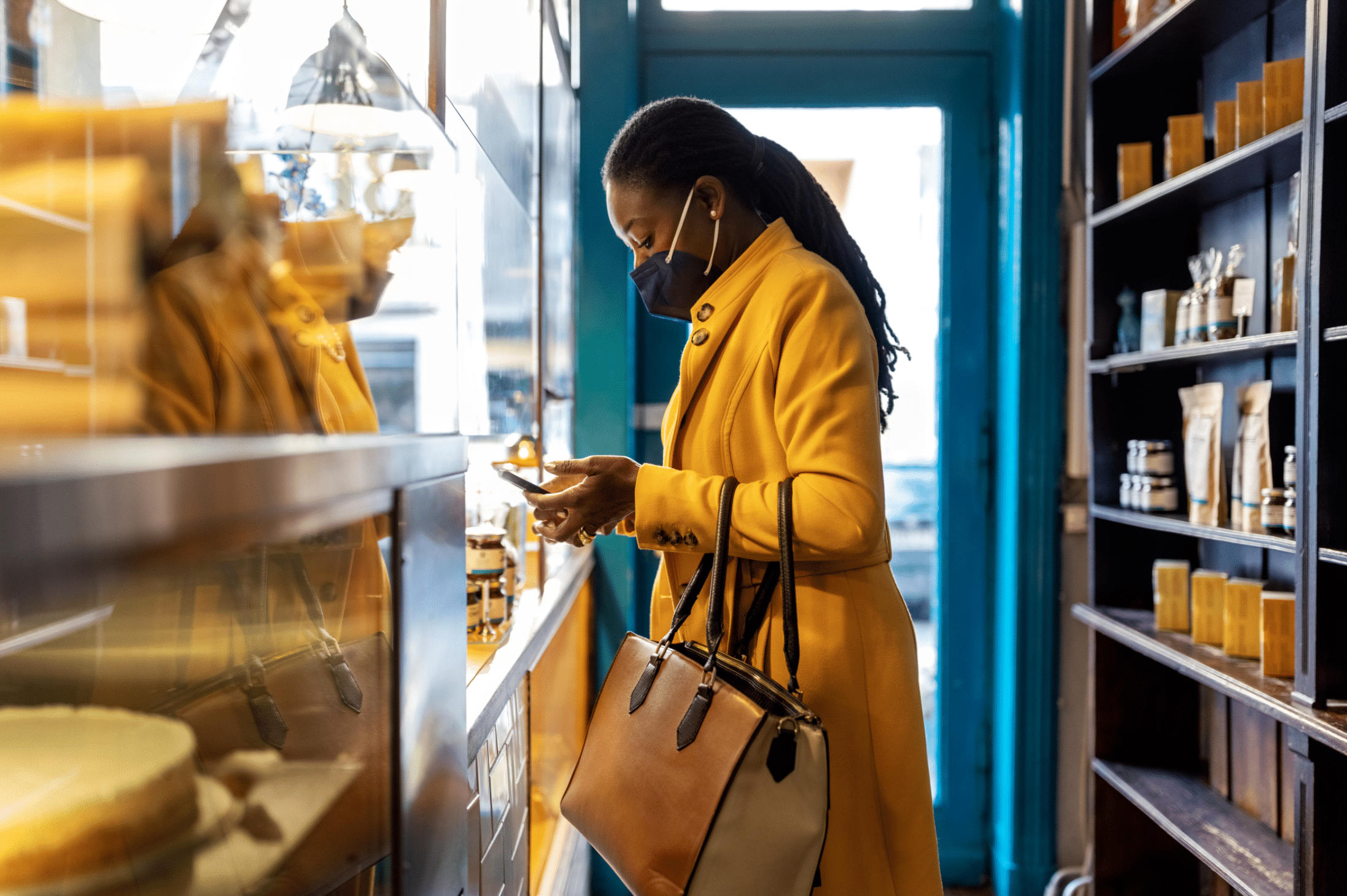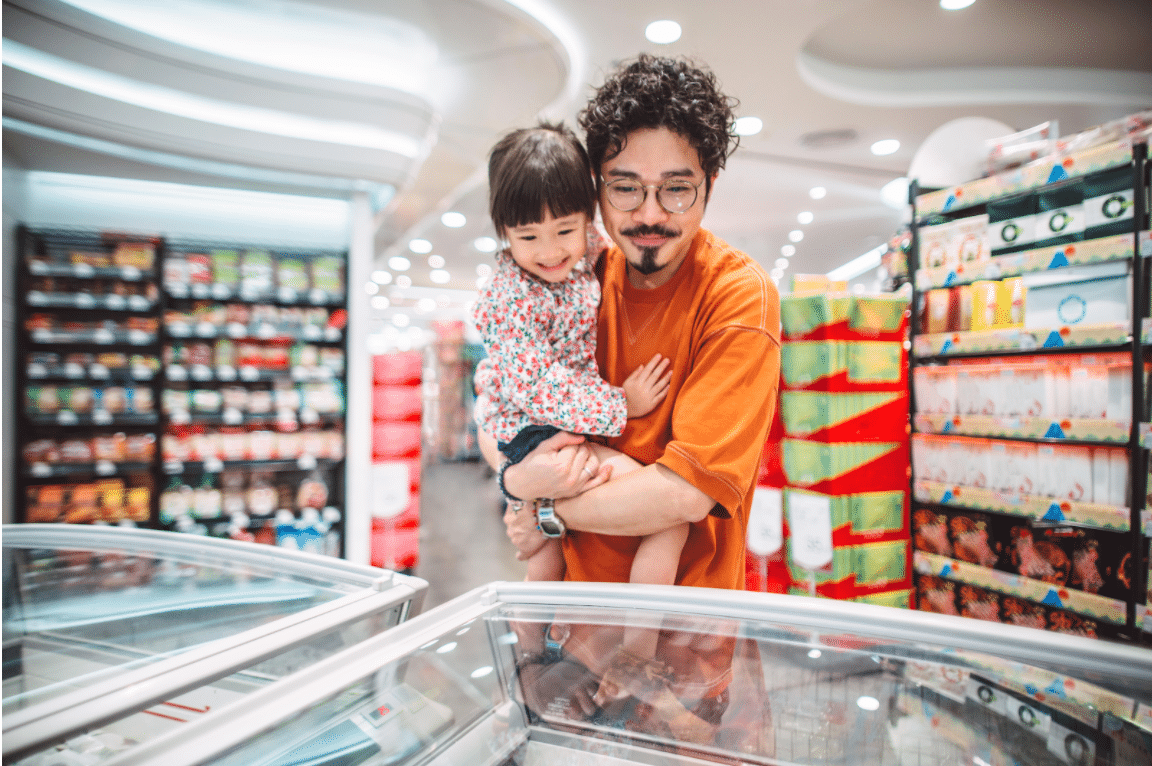When Casey Carl was appointed as the Chief Omni Strategy Officer by Walmart, he thought it to be an unusual title. “They ran out of characters,” Mr. Carl joked. However, the results of Walmart in April 2020 were a testament to the unique title adopted by the retail behemoth. When the world struggled to restore balance, Walmart witnessed a massive jump of 74% in its omnichannel sales. This included online and in-store pickups.
The power of an omnichannel strategy is that it can transform a transaction into an experience, a distinguished experience, to be precise. The pandemic has accelerated the digital adoption rate significantly across the globe. Something as basic as search interest in “how to buy online” has become 2x since March 2020. In addition, evolved consumers started showing new digital patterns because of their continuous exposure to technology, from work to play.
As a result, businesses had to reinvent themselves. A McKinsey report shows that nearly all organizations are restructuring their business models to be more digital due to the impact of COVID-19 on consumer behaviors. Aligning business goals to prepare for an omnichannel future has become imperative. However, there were few key things that brands need to focus on while they reinvent themselves.
Understanding Customer Behavior Through First-Party Data
Brands must pre-empt customer actions for repeated conversions. A solid digital presence is critical due to customers spending more time online. Brands are focused on making the best use of customer data to understand individual preferences closely. However, sitting on a bed of disparate data is futile. The right customer data platform helps create a 360-degree customer profile by abolishing silos and centralizing data. Key insights extracted from this data help marketers create actionable, hyper-personalized campaigns that ace performance metrics. The overwhelming volume of data can be intimidating. That is why analytical features like RFM (Recency, Frequency, Monetary), recommendation engine, dynamic segments help brands sharpen their engagement strategy with data intelligence.
Connecting the Data to Multiple Touchpoints
Customers migrated to online shopping for almost every purchase since March 2020. As a result, the frequency of orders increased inadvertently, and everyone desired a seamless, secure digital experience. Suddenly, in a world where retention and engagement became more critical than acquisition, brands needed competent campaign management solutions. Testing and optimizing campaigns became crucial because no brand wants their creative campaigns to land up in spam. In addition, evolved consumers have started to show new patterns of shopping across channels. This has led brands to adopt more popular online channels and run intelligent campaigns. Thus, although an omnichannel strategy assumed importance, it is essential to have a razor-sharp focus on value creation and facilitate an integrated experience. Utilizing behavioral data to create hyper-personalized experiences at scale makes the customer journey more contextual.
Non-personalized Communication Equals Clogging Device Space
The new normal gave more time to users to filter out messages that were not relevant at the time. Brands decided to grab this opportunity and not restrict themselves to first-name personalization. When non-essential expenditures choked, Lego, a famous global toy production company, managed to deliver value through educational tips and resources on playing well at home to its target demographic. The initiatives were geared towards inspiring families across the globe to get creative during the pandemic. Lego’s inclusive content acted as a catalyst for its sales figures through the pandemic. Most brands aim to incite the same excitement as the Netflix “tudum,” the iconic sound that plays when you play any content. The joy of getting an apt recommendation for your next binge-watch show is unparallel. Marketing Technology makes it possible by personalizing web and app domain elements based on behavioral data. Micro-customisation adds more value to customer journeys accelerating conversions for brands. Omnichannel is almost synchronous with personalization. You don’t want to be a brand with a ‘jack of all trades, master of none’ reputation. It is vital to tailor interactions across channels and do so consistently since data suggests that 85% of digital consumers start the purchasing workflow on one device yet finish it on another.
Build a customer-centric brand across channels It is crucial to understand and align your business before jumping onto shiny technology solutions that could poke a hole in your capital expenditures. Putting customers at the center of your CX strategy is not enough. Brands need to have complete clarity on how to establish a lasting relationship with their customers. The customer is always on the hunt for:
- Contextual experiences, so leverage data and deliver up to their expectations
- Personalized journey, so recommend their next purchase before they know they need it
- Seamless journey across channels, hence be where your customers need you The new digital pattern of shopping across channels is here to stay. So how do you know if your brand is ready for the future? If you have revisited your marketing budget and landed yourself an easy-to-use solution that helps transform data into insights, builds intelligent campaigns across channels, and empowers you to engage personally, you are on the right track. A well-rounded solution is the need of the hour. Increasing the customer’s lifetime value will be possible if your customer feels important across devices and channels. Whether they want to purchase the app, website, or even in-store, make their experience count. Know what they want before they know it and have them buy from you again. Amidst all of this, remember that a Chief Omni Strategy Officer is not that unusual a title after all.
Shopkick’s omnichannel solution helps partners keep their stores, brands, and products top of mind throughout the entire shopper journey — whether they’re at-home, on-the-go, or in-store. To learn more about our ability to drive awareness and engagement along the full path to purchase, contact us.

















